
"City of death", "city of poison", "city of the dead" - such names were often written in the press when the city of Chapaevsk was mentioned. The culprit for this name was "Plant No. 102" - a closed chemical production. This is one of the few places on the territory of the former USSR, where thousands of tons of deadly chemical warfare agents - mustard gas, lewisite, phosgene and others - were produced for decades.
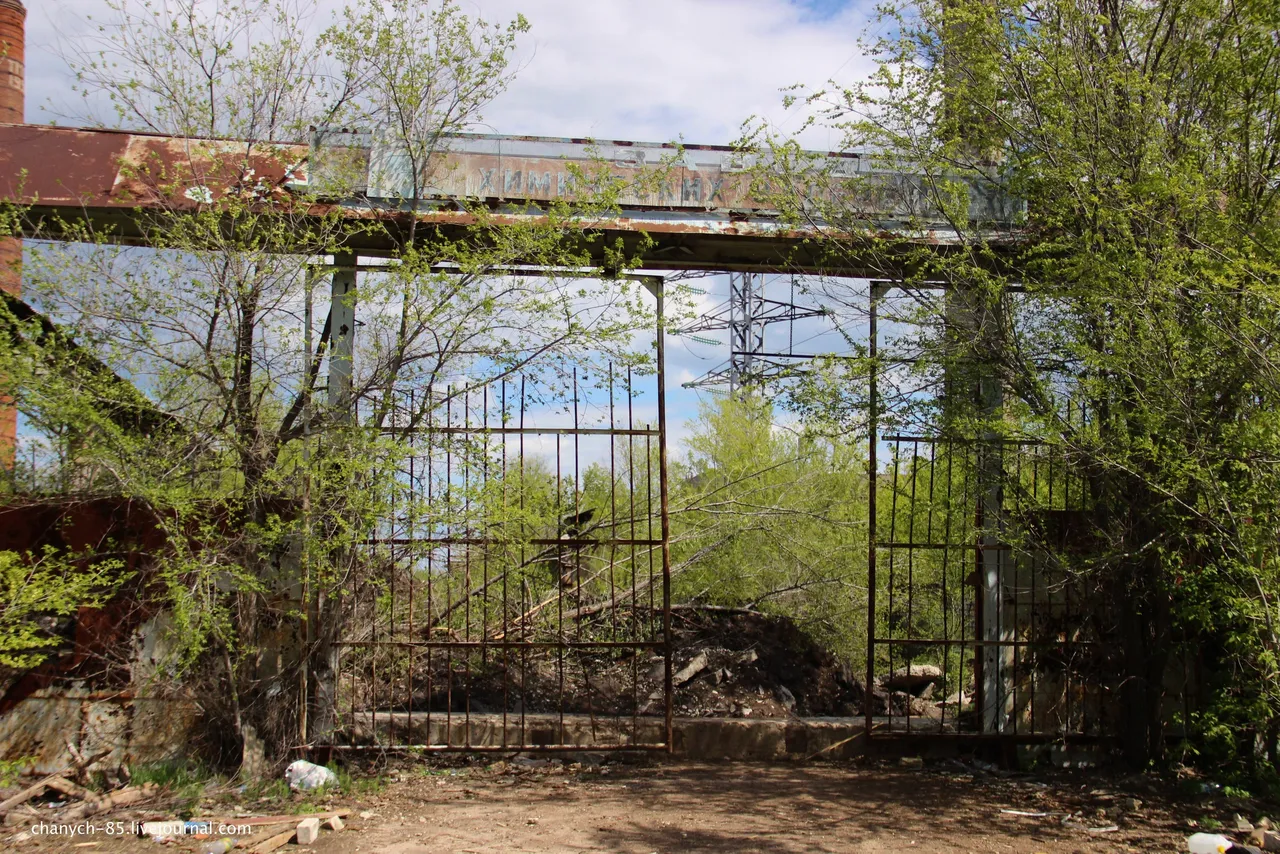
Founded before the revolution, in 1909-1912, the plant was one of the city-forming enterprises. It was around it that the first houses for workers were built. The village was named Ivaschenkovo. After 1917 it was renamed Trotsk, and then Chapaevsk. Has the status of a city since 1927.
From the very beginning, the factory "produced death". Initially, sulfuric acid was produced, which is necessary for the production of TNT. Later, in Soviet times, the plant began to produce components for chemical weapons. It is to this production, which in the USSR was, in fact, a pioneer in the mass production of chemical weapons, that local residents owe their problems with the environment.

The development of military specifics in Chapaevsk began immediately after the end of the Civil War. Specialists from Germany were involved, for whom it was an ideal loophole to bypass the bans imposed by the Versailles Peace Treaty. The Soviet-German production of chemical warfare agents appeared. But soon the Soviet side abandoned foreign partners and began to develop independently. The main reason for the termination of the contract is the problem of pollution. The German partner did not have effective technologies for the production of mustard gas, and as a result, as it was written in the reports, "there is a constant flow of liquid" T "into the soil and its accumulation in it with an unconditional possibility of getting into the river, which is unsafe for the surrounding population, and for neutralization "T" no fixtures are provided "

The plant grew and developed. At the end of 1927, the technological lines produced 600 tons of chlorine, and two months later, the production of phosgene also began here. On July 1, 1930, the construction of a plant for the production of arsenic trichloride (raw material for lewisite) with a capacity of 400 tons per year was completed. By 1931, the plant No. 102 for the production of mustard gas was brought to a capacity of 5 thousand tons per year. Soon this figure rose to 6 thousand tons, and at the end of the 30s it almost doubled - up to 11 thousand tons. Lines for the production of lewisite as of June 1, 1937 had a capacity of only 500 tons of this OM per year. But after the reconstruction of the lewisite production was completed in January 1940, the capacity of these workshops already at the beginning of 1941 was 4 thousand tons of lewisite per year.
The production of phosgene was also maintained. During the Great Patriotic War, only two chemical plants in the USSR were engaged in the release of this substance and its subsequent pouring into chemical munitions - in Chapaevsk and in Dzerzhinsk.
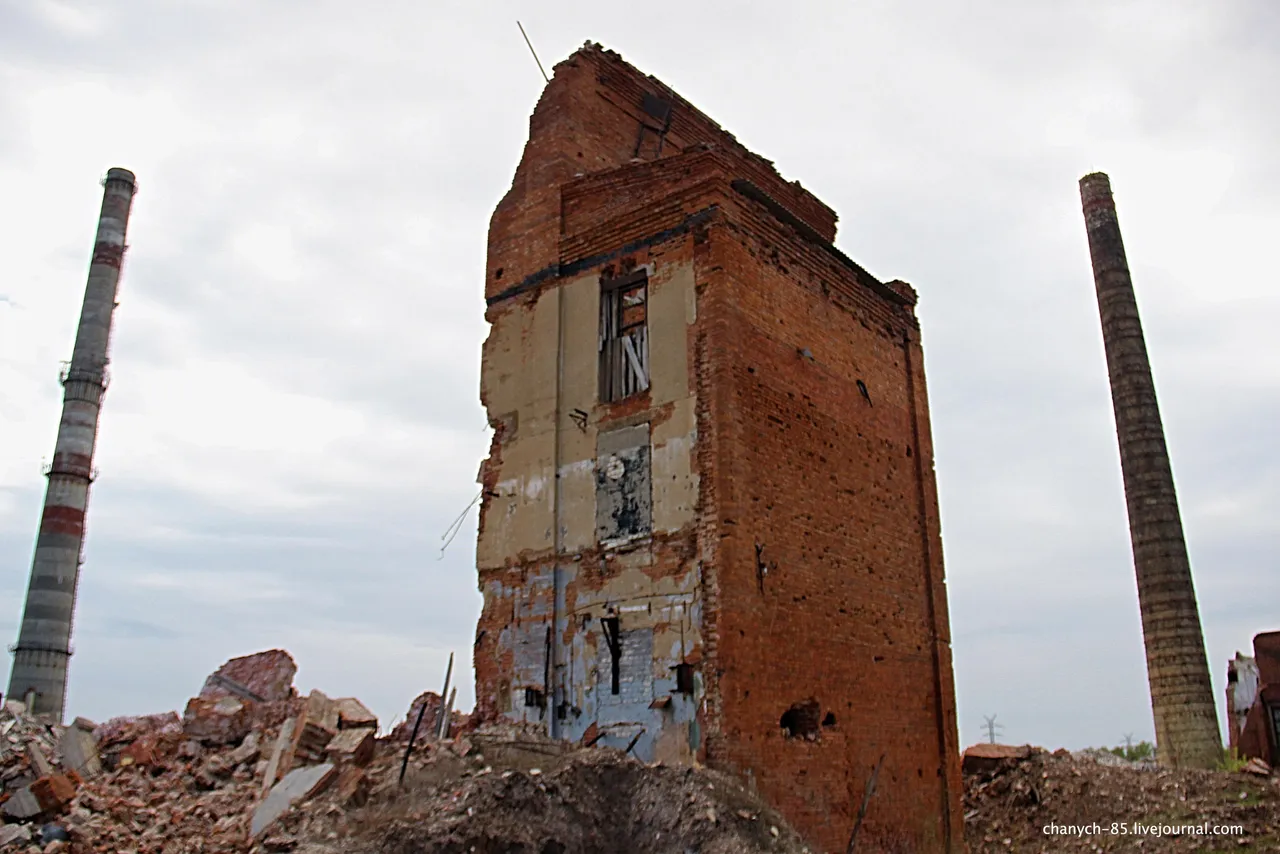
During all the years of the Great Patriotic War, the plant in Chapaevsk produced chemical shells and mines. Shells from shells were ground at factories in Serov and Zlatoust, and then sent to Chapaevsk. According to former factory workers, chemical shells were filled by pouring mustard gas and lewisite from a kettle, and substandard substances were poured into ditches, poisoning everything around. Air from the workshops producing mustard gas was vented into the atmosphere without purification. There were residential quarters nearby: a sanitary protection zone around the most dangerous plant in Chapayevsk had never been created.

Capacities for the production of mustard gas remained until 1957, and for the production of lewisite - until 1988. Part of the capacities for filling chemical munitions was destroyed in 1988. The content of arsenic and its toxic compounds on the soil surface of the former chemical weapons workshops is 8000 times higher than the permissible concentration.

In 1987, the Soviet Union abandoned the production of chemical warfare agents. The plant was left without major orders. For some time, peaceful products were still produced: fertilizers, pesticides and other agrochemicals. But this production also stopped. The housings are being gradually dismantled.
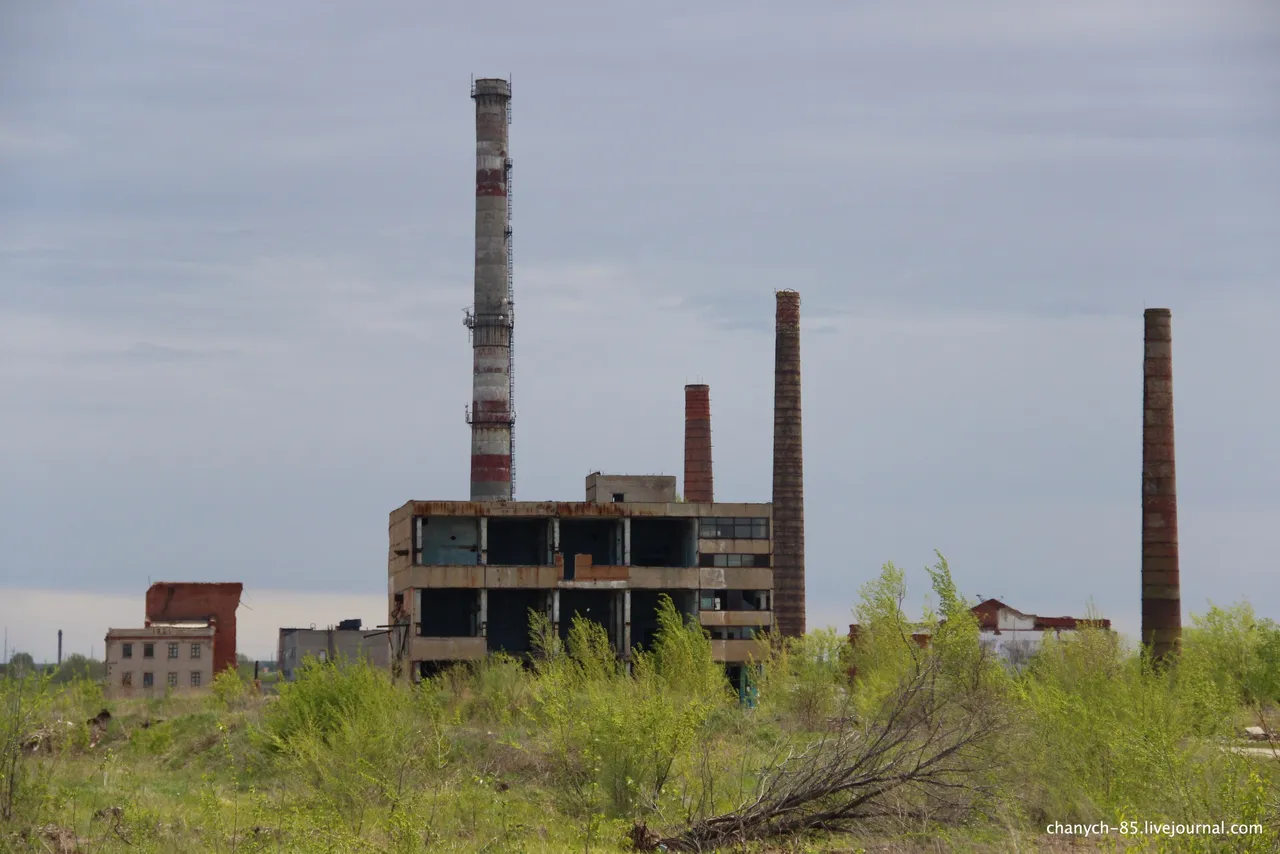
The territory of the former SVZH is one of the main environmental problems of Chapaevsk. In 2011-2012, the State Research Institute of Organic Chemistry and Technology carried out engineering and environmental surveys on the premises of the former plant. As studies have shown, there are toxins throughout the territory of the SVZH that require deep utilization.
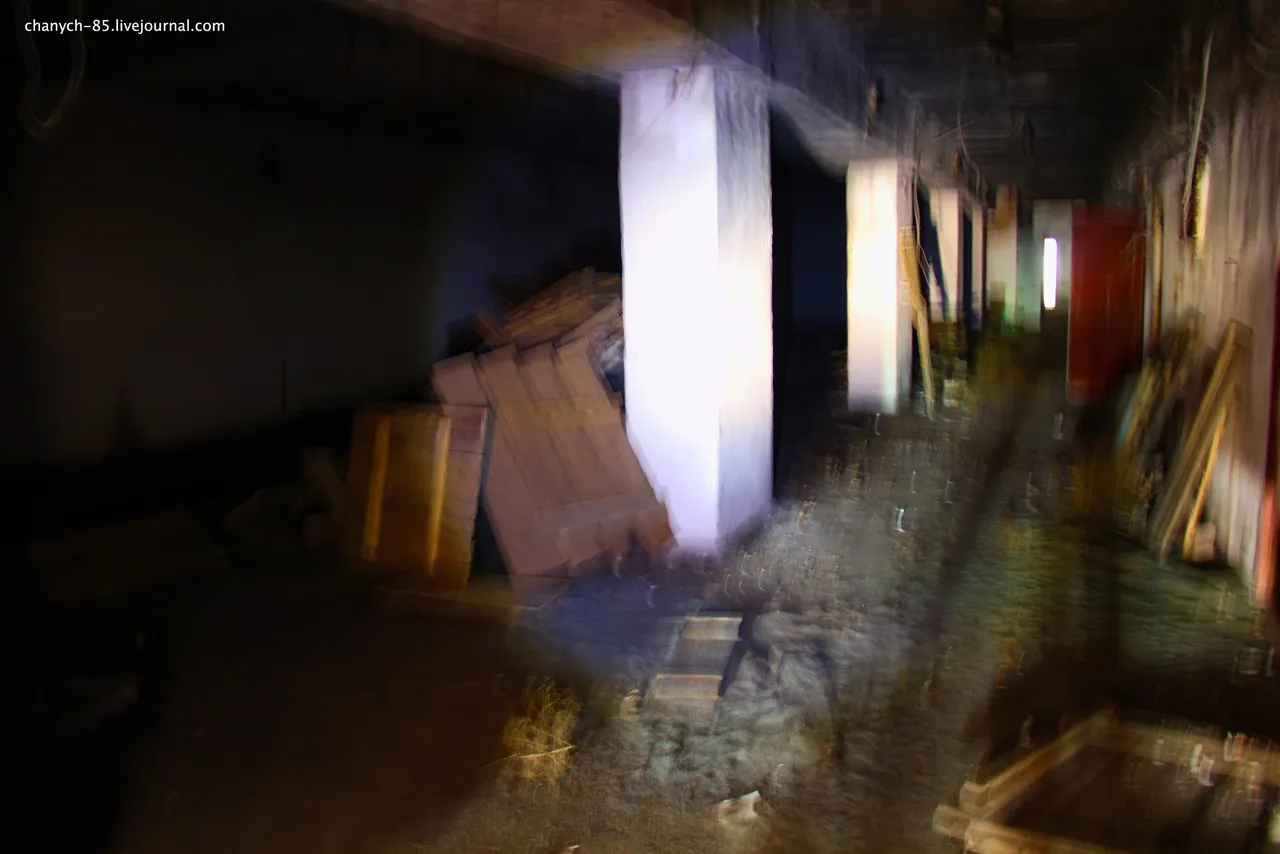
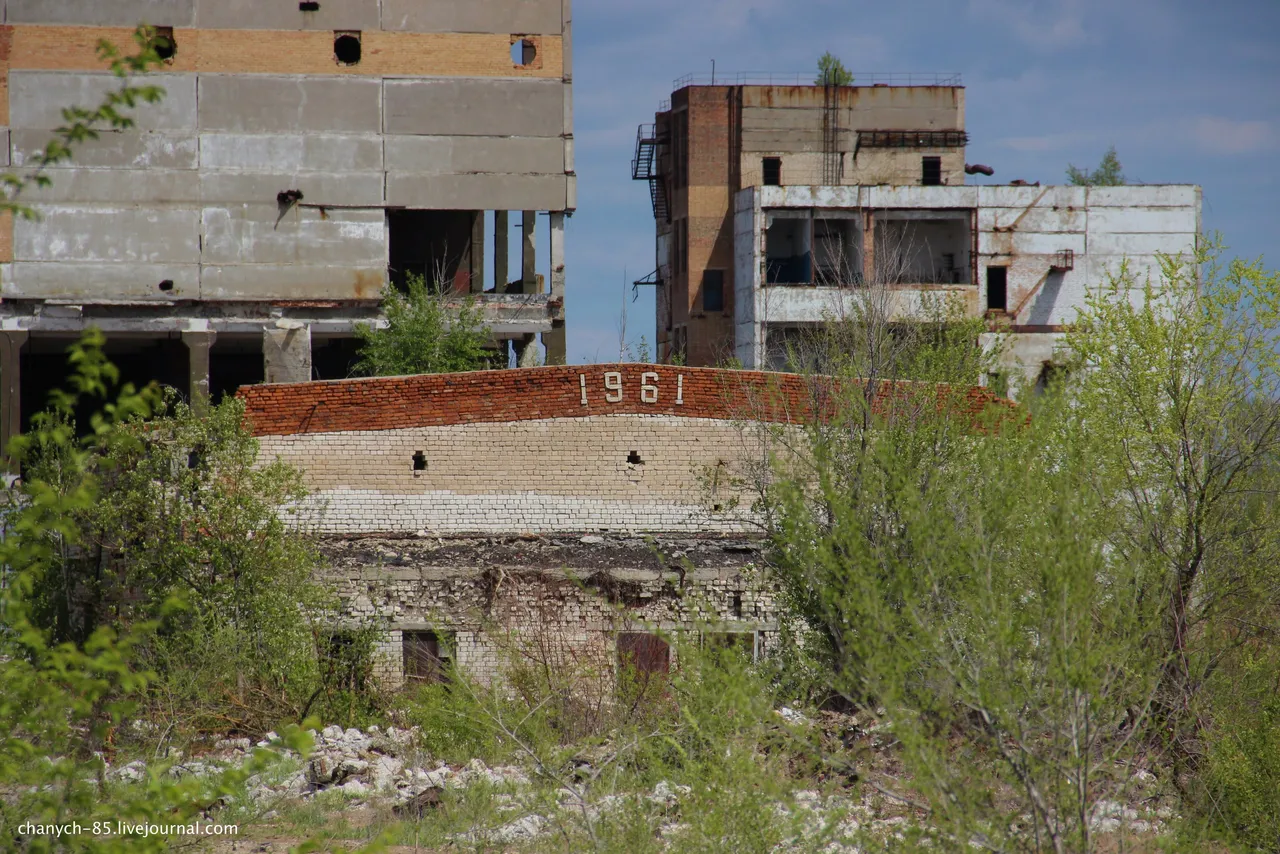




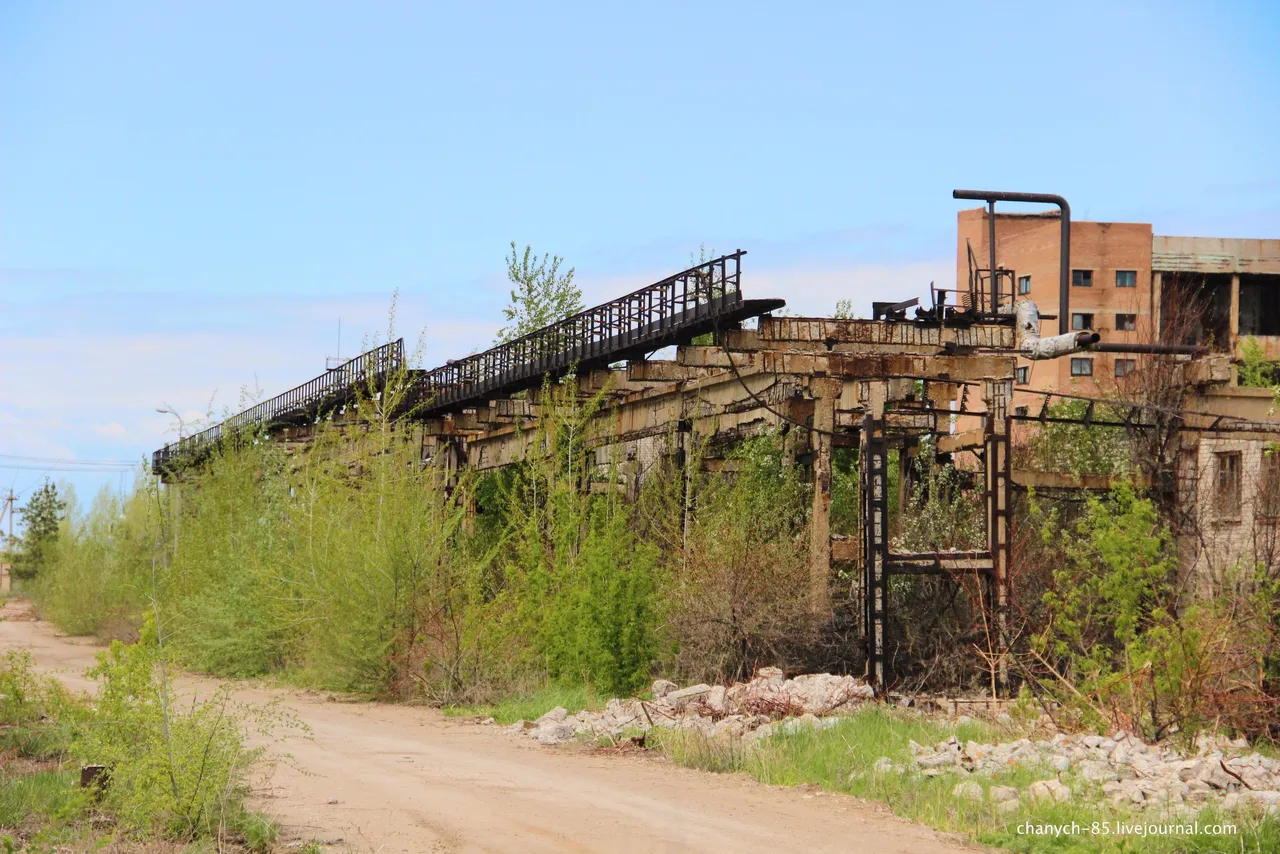
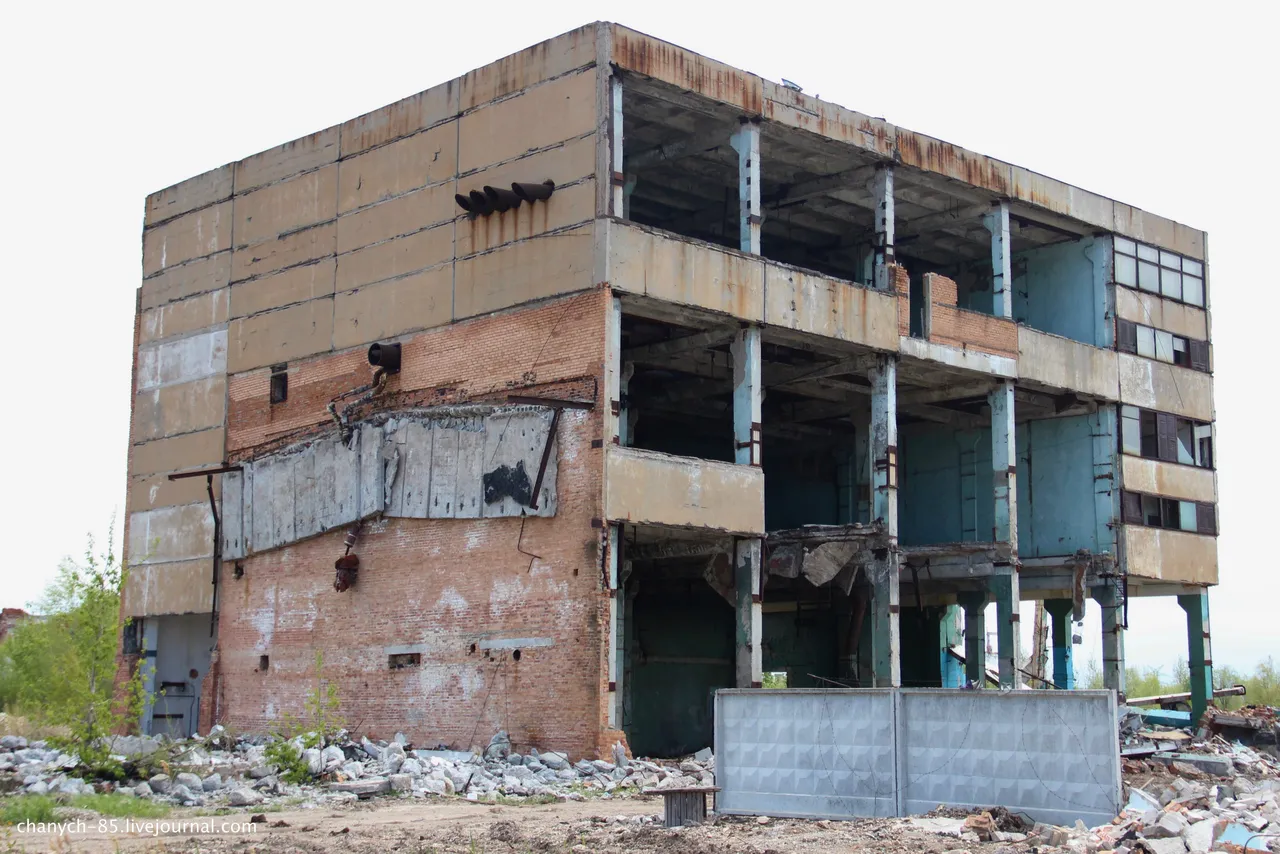
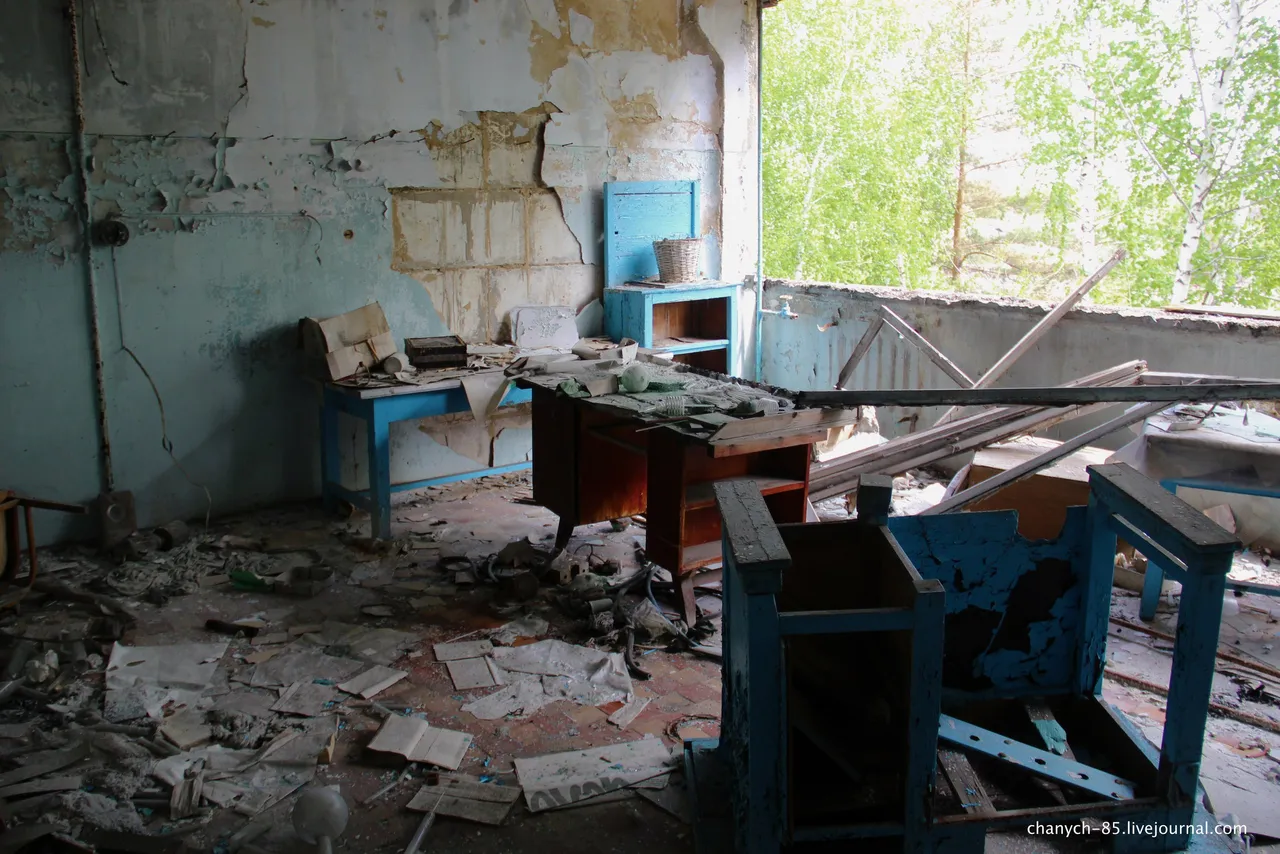
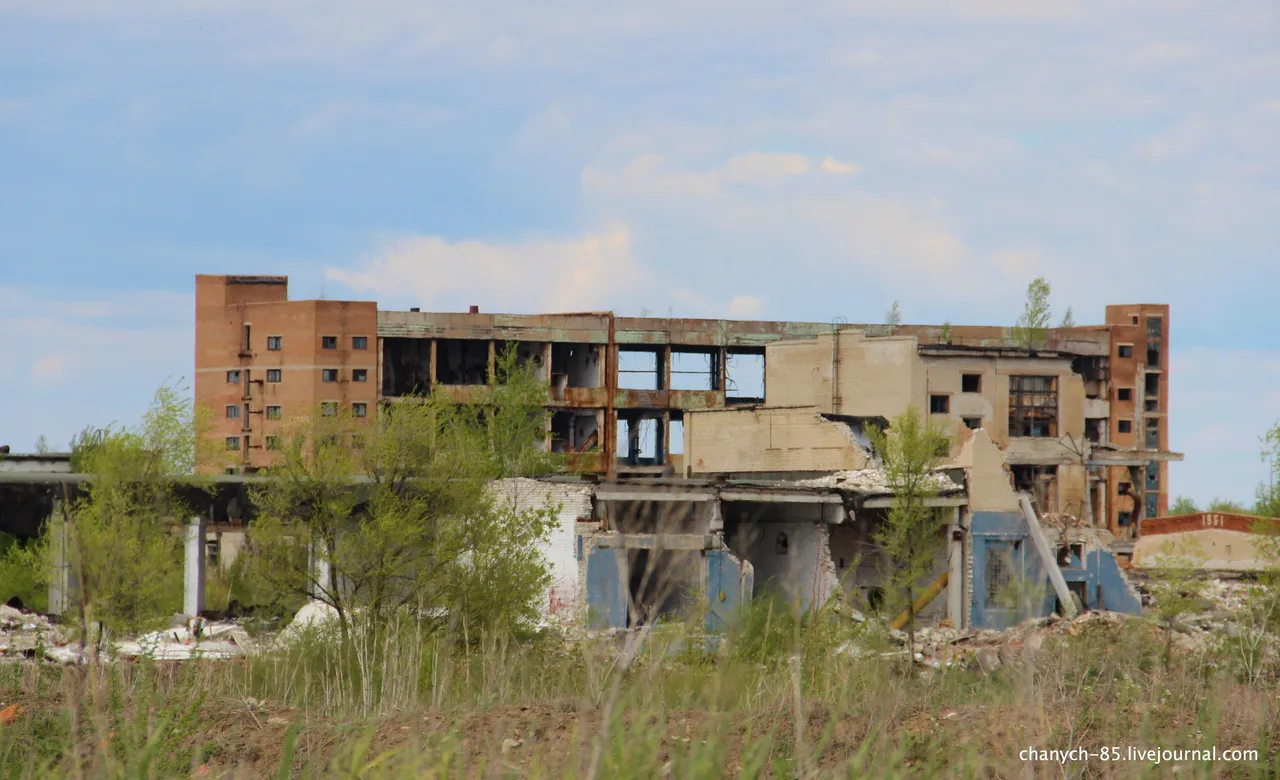
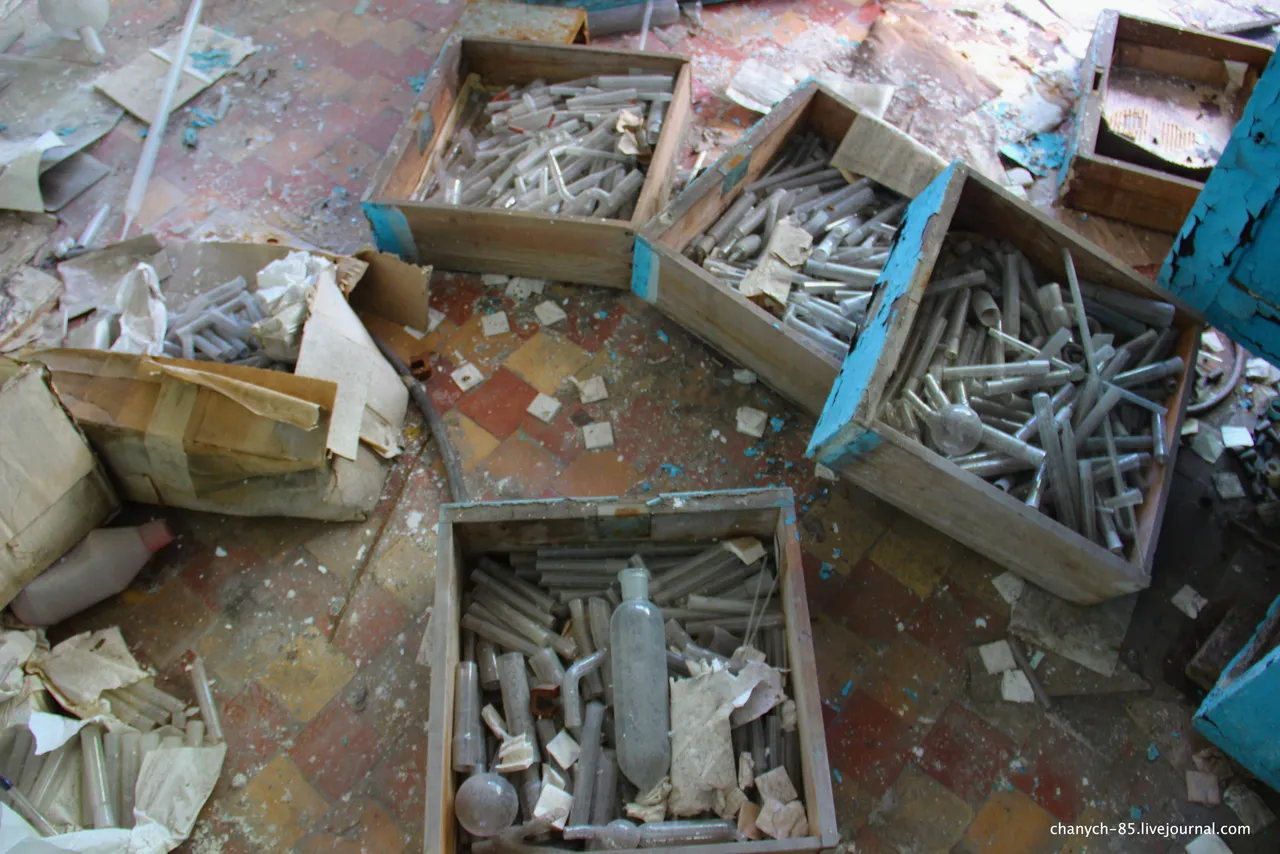
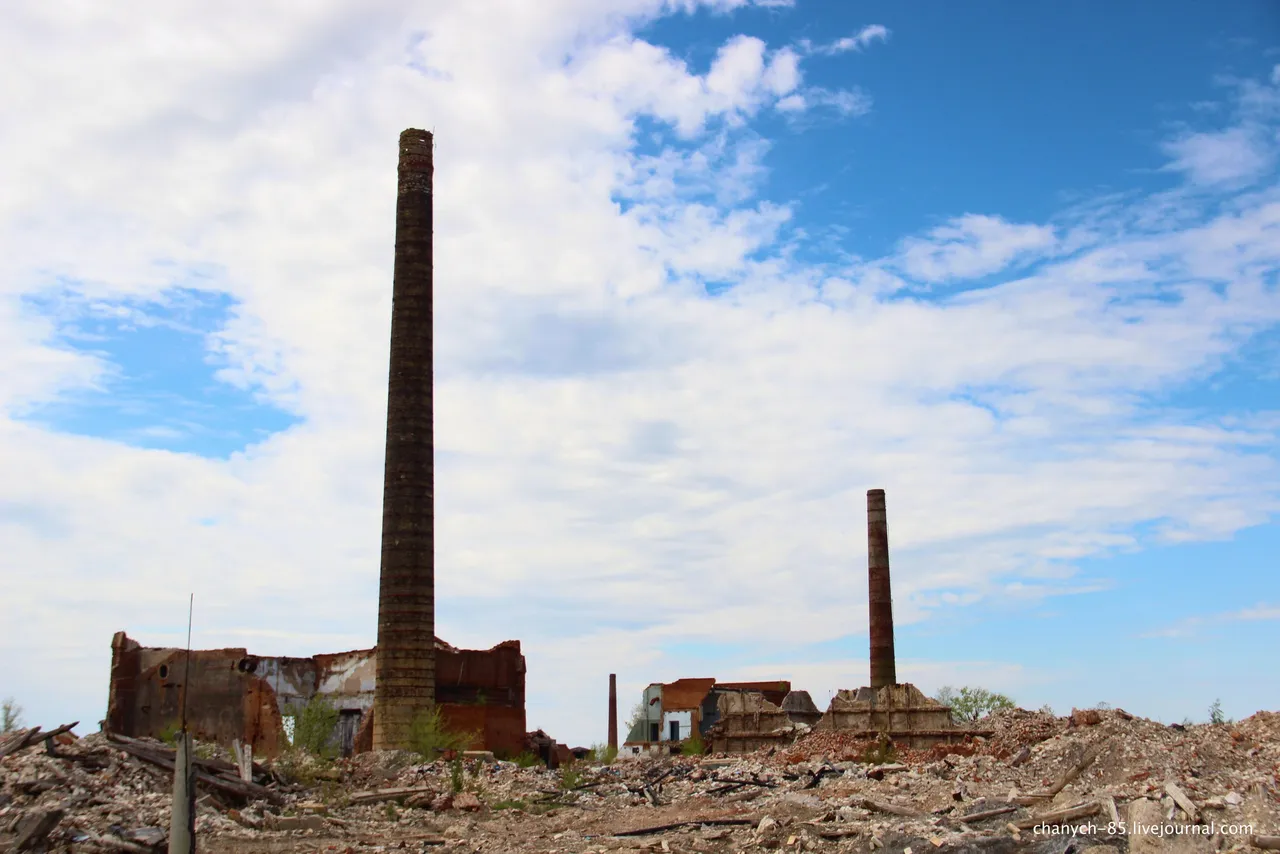

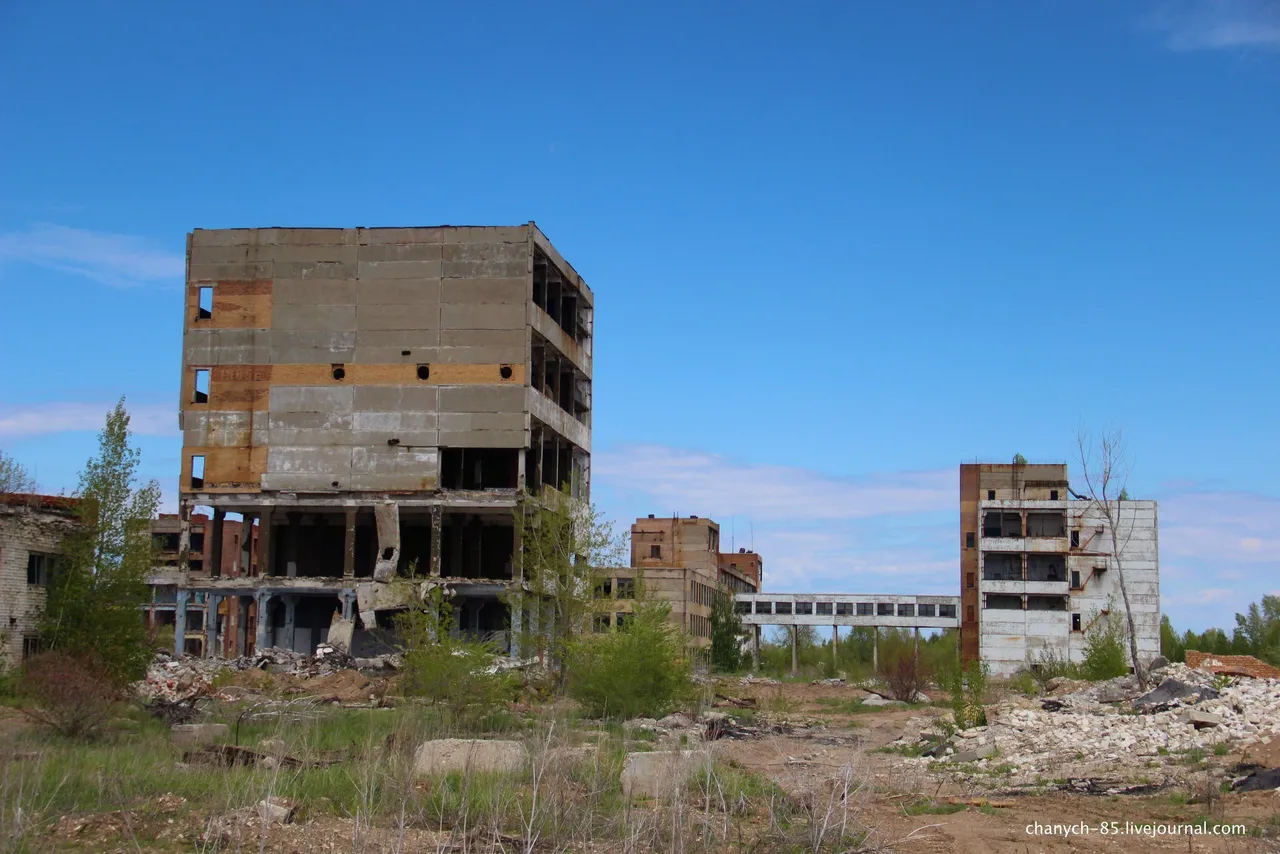


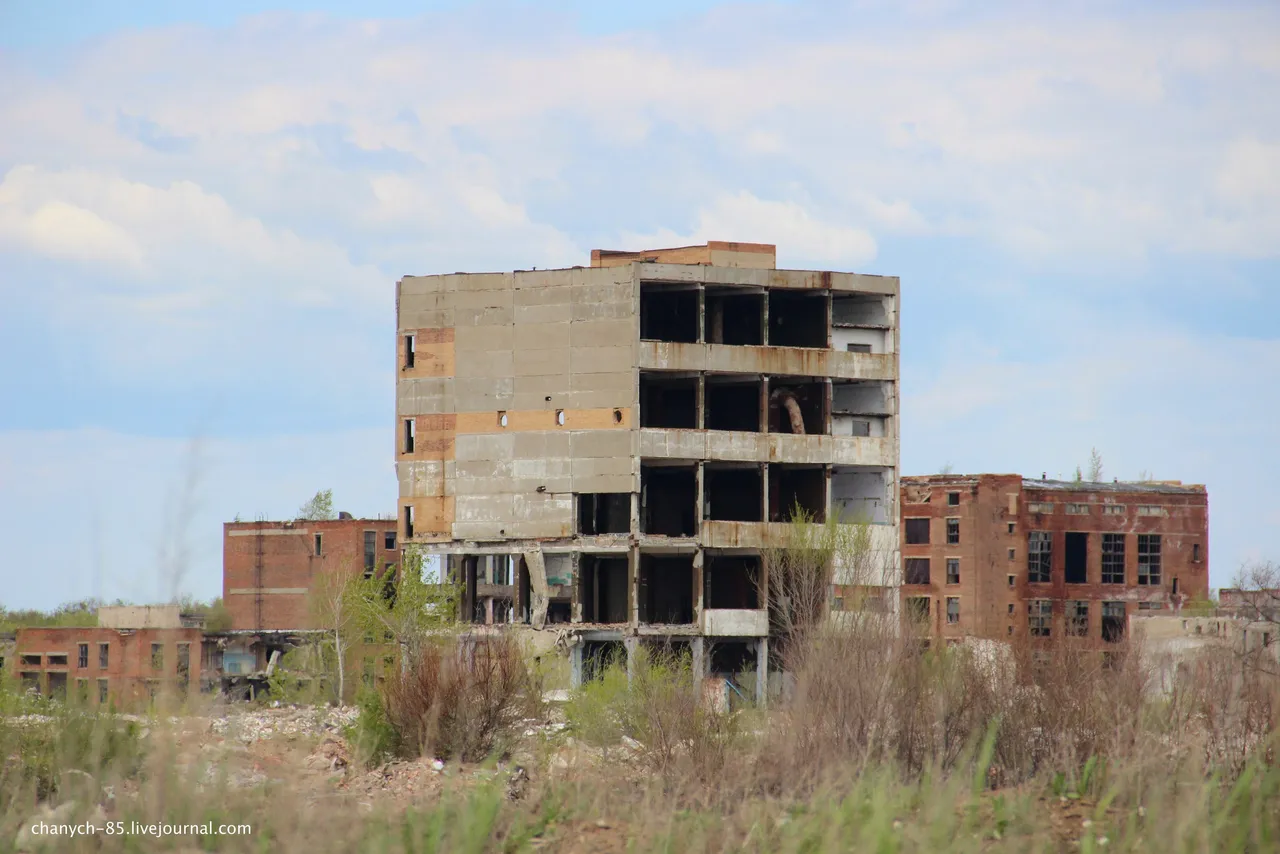

Original post in my LiveJournal - https://chanych-85.livejournal.com/88966.html
